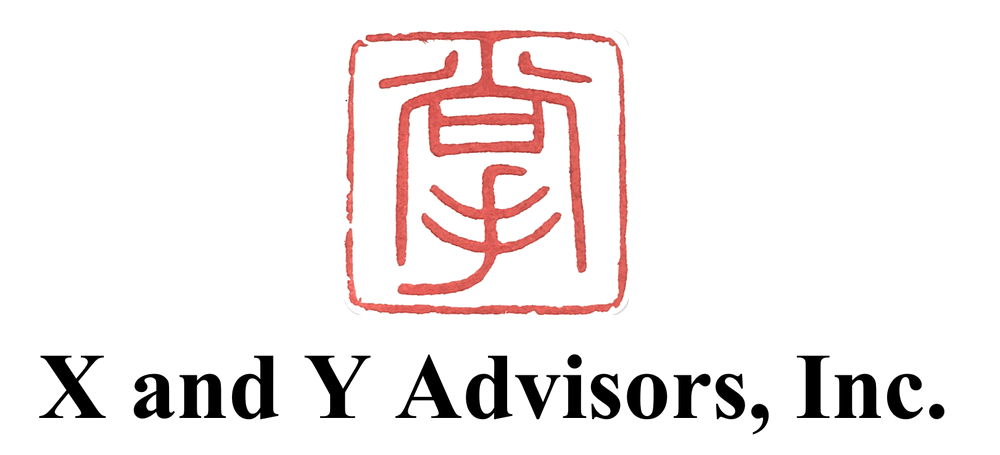Target-Date Funds are getting more and more popular. Many employers even make it as the default investment choice in the 401(k) plans for their employees. However, as I always say, no such an investment product is good or bad for everyone. This week, I will help you understand what Target-Date Fund is, how it works, and who should use it.
What is Target-Date Fund?
If you have never heard of this term before, take a look at the investment options in your retirement plan at work. Those mutual funds with a name including a specific year like 20XX are called Target-Date Funds.
As the name indicated, a Target-Date Fund is a mutual fund that intends to provide an ideal asset allocation for people who plan to retire in a specific year. Most Target-Date Funds are funds of funds. In other words, it is a portfolio of multiple mutual funds managed by a team of investment professionals.
How does Target-Date Fund work?
In a static portfolio which is offered by many Robo-advisors, your asset allocation won't change unless you decide to do so. Unlike static portfolio, as you get closer to the specific year you choose, Target-Date Fund will gradually shift your investments from higher volatility and higher growth potential type of investments (like stocks) to the ones with lower volatility and lower expected return (like bonds).
The logic behind this is that in general, the longer time you have for investing, the higher short-term volatility you should be able to tolerate and the higher return you can expect from a well-diversified portfolio in the long run, and vice versa. The pre-determined guideline of how the asset allocation changes over time in a Target-Date Fund is technically called the glide path.
Target-Date Funds are not created equally. Different Target-Date Fund families can have different investment philosophies, use different asset classes, and follow a different glide path.
Based on the numbers from InvestmentNews, as of 02/28/2018, the three largest Target-Date Fund providers are Vanguard, Fidelity, and followed by T. Rowe Price. I picked one Target-Date Fund series from each company and made comparisons below.
Figure 1. Target Date Series Snapshot
Figure 1 shows a snapshot comparison of all three. Both Fidelity Freedom and T.Rowe Price Retirement series mainly use actively managed mutual funds covering more than ten asset classes. On the other hand, the Vanguard Target Retirement series use five index funds covering seven asset classes.
Figure 2. Asset Class Summary
Figure 3. Equity Glide Path Comparison
Figure 2 and Figure 3 are the detailed asset class comparison and the detailed glide path comparison, respectively. One thing I want to point out here is that the range between the two dotted line in Figure 3. It indicates that the potential glide path difference between some Target-Date Fund series could be more than 40% at some time. It's not hard to imagine that the retirement income generated from a Target-Date Fund with only 10% invested in stocks at a target year would be dramatically different than the one produced from a different Target-Date Fund with the same target year but 65% invested in stocks.
Who should use Target-Date Fund?
Target-Date Funds are created with the intention of giving people with limited investing knowledge a more straightforward and better way to invest. However, in my opinion, Target-Date Fund is like Robo-advisors which is best for people mainly using it to save time by intentionally picking the one that matches his/her investment philosophy and strategies. To figure out whether you should use Target-Date Fund, you need to answer the three questions regarding whether you should hire a professional to manage your investments, which was covered in my previous blog.
In my practice, I have two quick rules of thumbs to help me identify the level of knowledge you have about Target-Date Funds and determine whether you should learn more about it before using it.
Rule of thumb #1: If you choose a Target-Date Fund mainly based on the year in the name of the fund, you are basically hiring an investment professional to manage your retirement savings in a pre-determined way without him/her knowing anything about your specific situation besides the year you plan to retire. From a financial planning perspective, it is definitely not ideal for anyone.
Rule of thumb #2: If you invest in a Target-Date Fund along with other different kinds of mutual funds in your 401(k) plan, IRAs, and regular brokerage accounts, you are designing your own portfolio by adding additional holdings to the one already created by the investment manager of the Target-Date Fund. From a portfolio management perspective, it usually requires much more extra time and works to manage it and make it efficient which is against the purpose of using a Target-Date Fund.
In summary, Target-Date Fund is just another investment option you have. As always, no one size fits all. Make sure you understand it completely and make informed decisions based on your specific situation.
Enjoy reading my blog? Sign up at the bottom to effortlessly stay on top of my blog posts and news for free!
Need help? Email us or Schedule a call today!
